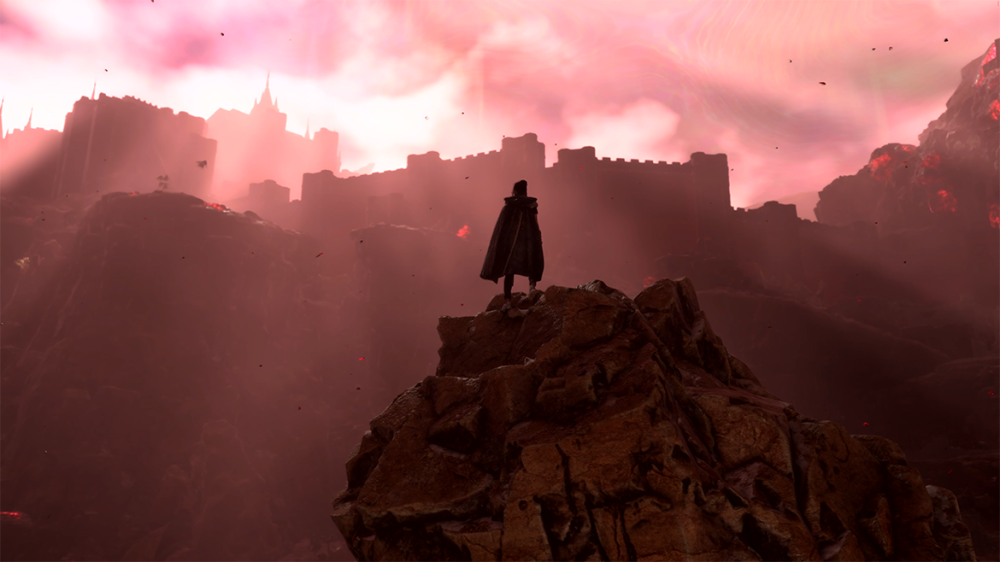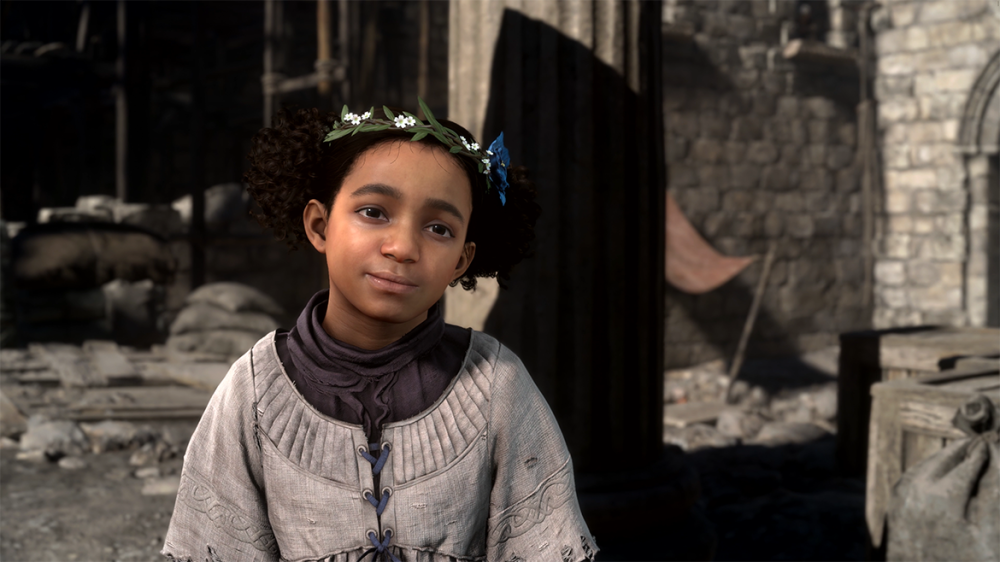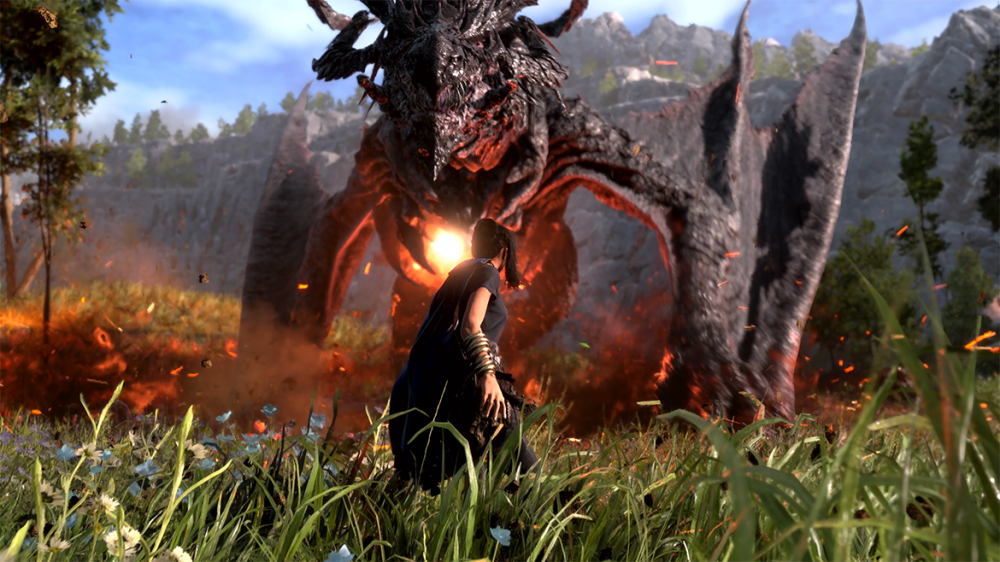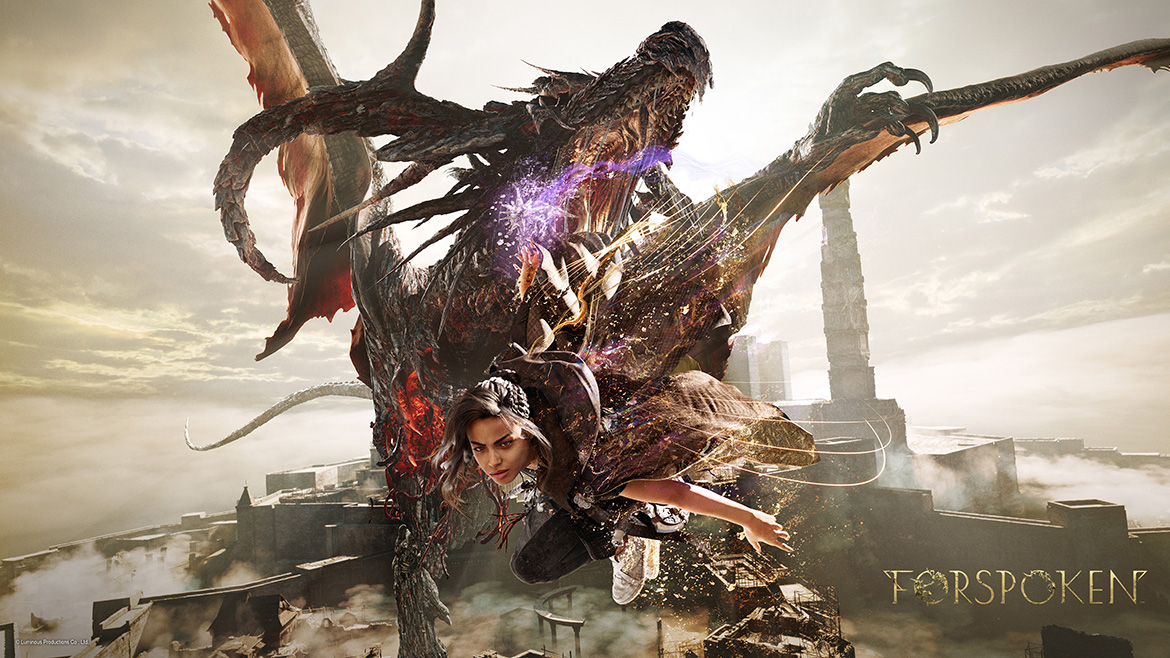TL;DR
Forspoken drops you into Athia as Frey, a New Yorker gifted magical abilities by a sentient bracelet to battle a corrupting force. While the game boasts stunning visuals and an interesting premise, it's hampered by a lack of polish, an abrasive protagonist, and repetitive combat. Technical hiccups and a protagonist who's often more annoying than relatable detract from an otherwise potentially cool fantasy adventure. Discover the full breakdown of its highs and lows!
In Forspoken, we are introduced to Frey, an orphaned young woman struggling in New York. Pursued by former associates demanding she settle her debts, Frey stumbles upon a magical bracelet. This artifact opens a portal to Athia, a world beset by a corrupting force. Much of Athia is now desolate, populated by mutated monsters, dragons, and zombie-like remnants of the former populace. Frey soon discovers that the bracelet is sentient and grants her extraordinary abilities. The narrative follows Frey’s reluctant journey to save Athia and its remaining inhabitants.

Forspoken presents itself as a title with significant potential, but ultimately falls short of delivering a fully realized experience. Early inconsistencies, such as Frey’s sneaker-clad footsteps being accompanied by the sound of heeled shoes, betray a lack of polish. These oversights persist throughout the game. For example, Frey retains her mobile phone, yet chooses to carry cumbersome hardcover books in a small bag, rather than simply photographing them. These minor details, while perhaps insignificant individually, accumulate and detract from the overall immersion.

Another notable drawback of Forspoken is its protagonist. Despite aiming for a tough and cool persona, Frey’s characterization lacks subtlety. While figures like Ash from the Evil Dead franchise can be abrasive yet endearing, Frey often comes across as unnecessarily hostile. Her constant negativity towards the bracelet, her source of power and aid, and her curtness towards those who risk their lives to help her, are particularly jarring. While her character does develop somewhat throughout the game, a more nuanced introduction would have provided crucial context for her initial demeanor and allowed players to connect with her more effectively.

Forspoken also suffers from issues with its core gameplay mechanics. Combat encounters, particularly against larger enemies like dragons, quickly become repetitive, devolving into a cycle of running and shooting. This lack of variety diminishes engagement and prevents the emergence of a compelling gameplay loop. Furthermore, the inability to move during conversations with the bracelet disrupts the flow of exploration. The frequent use of fades to black in cutscenes and the noticeable delays between cutscenes and player control further contribute to a sense of technical awkwardness. These shortcomings impact the overall user experience.

In conclusion, while the preceding criticisms may appear harsh, they do not fully encapsulate the game’s potential. Forspoken boasts visually stunning graphics (as previously showcased in the Unreal 5 demo) and expansive environments ripe for exploration. These positive aspects only amplify the disappointment that the game’s fundamental flaws were not addressed more thoroughly.
Forspoken benefits from running in performance mode, achieving a smoother experience at 60fps, particularly when traversing the game’s large environments. The graphical compromises made to achieve this frame rate are arguably minimal. Ideally, most AAA titles should target 120fps for an even more fluid experience.
The developers have successfully crafted an impressive world with an engaging, albeit familiar, narrative.
Square Enix provided a review code for this assessment. Provision of review materials does not influence our editorial evaluations.
